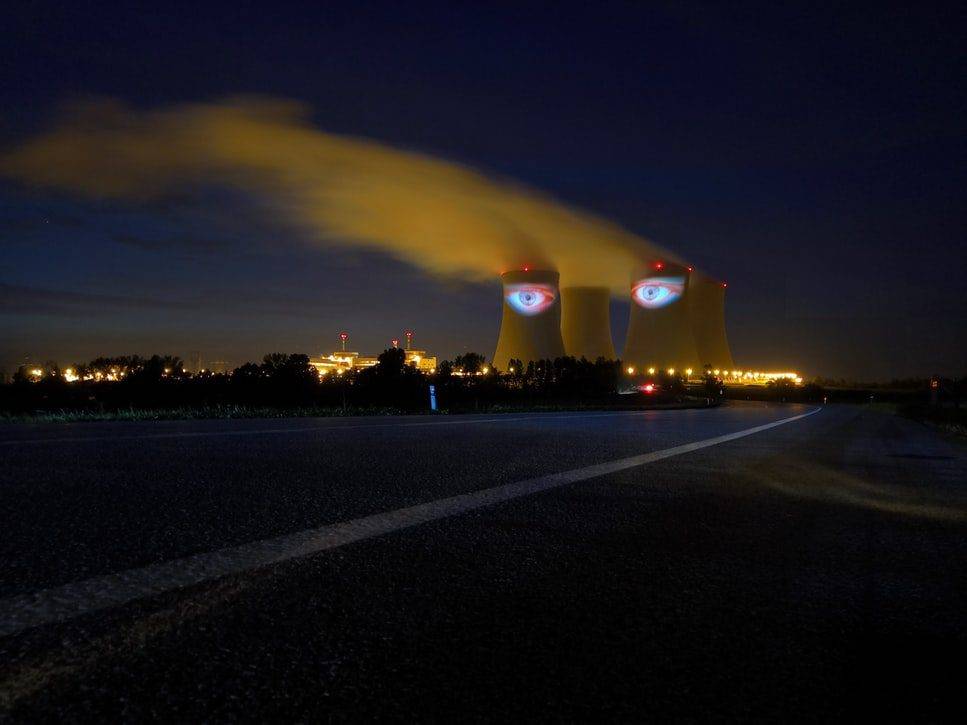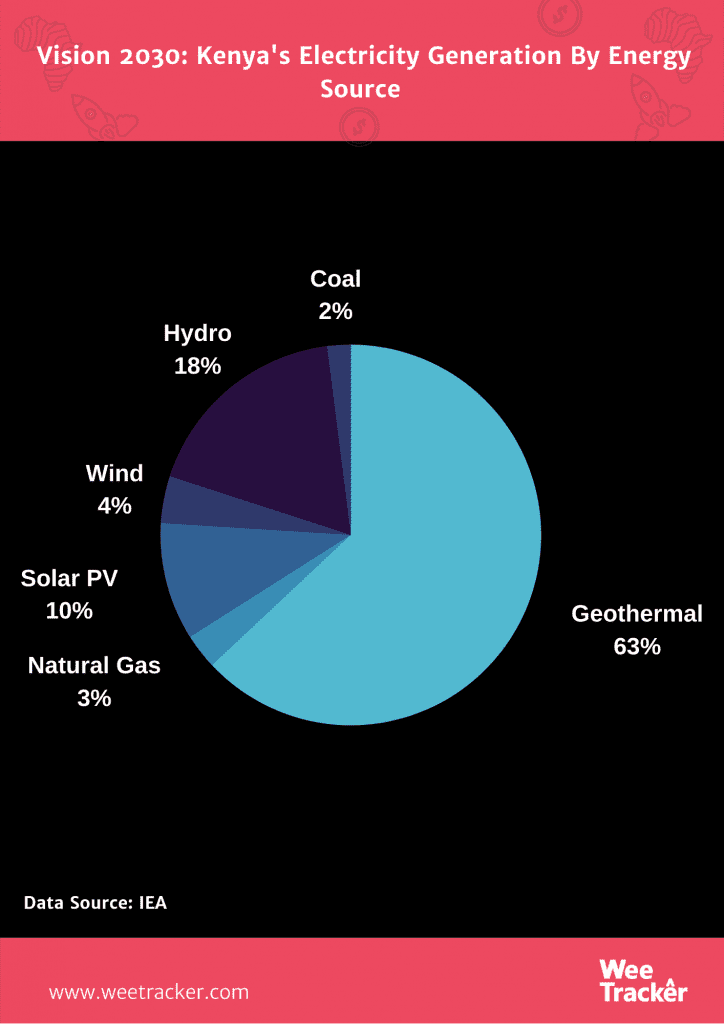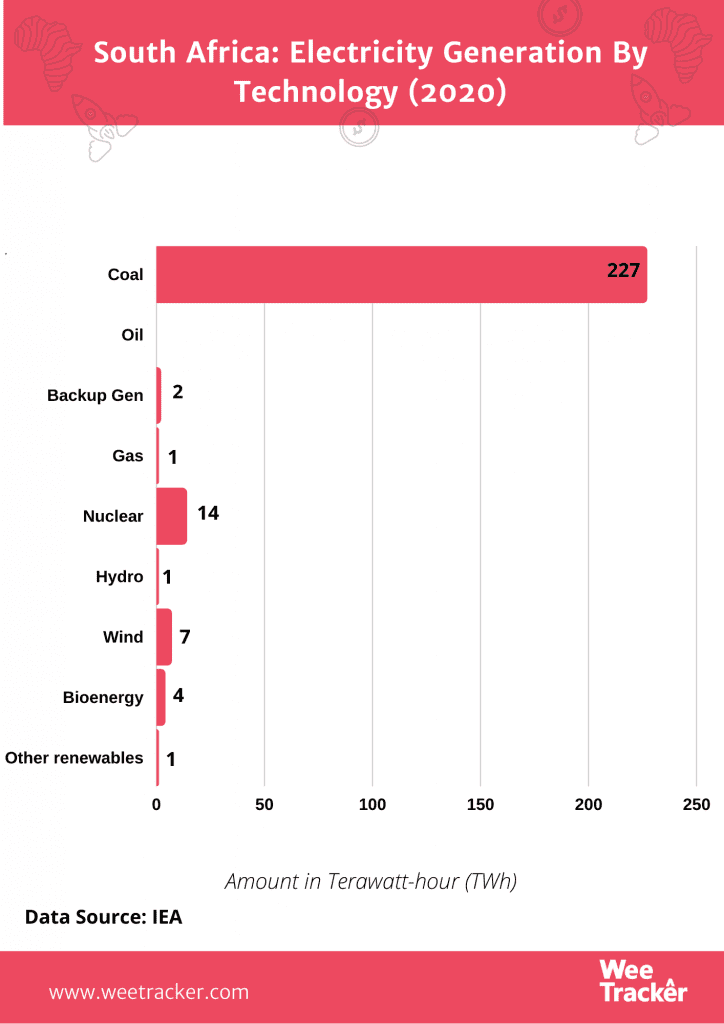Kenya’s On Course To Become Africa’s Second Country With Nuclear Energy

East Africa’s largest economy has ambitions to set up nuclear power plants in an effort to diversify its electricity generation mix. The latest development in the journey is a USD 5 Bn power plant for which impact studies have been submitted.
Kenya plans to have built and started operating the mega facility in the next 7 years. By 2030, the country is slated to have installed 4 GW of nuclear energy, which will enable it generate 19 percent of its energy consumption tally.
If such is achieved, the East African country will have nuclear power as its second largest source of energy, coming after the geothermal cleantech.
35 percent of Kenya’s electricity generation comes from hydropower, while the rest comes from wind, heavy oil plants and geothermal. But the reliability on hydro is questionable due to the reality that periods of drought have affected the output of associated plants.

More so, climate change has a huge impact on the patterns of rainfall and temperature, giving birth to periods of both floods and extreme lack of water in most parts. Kenya’s geographics makes it vulnerable to such fluctuations, which also affects livelihoods and exacerbates hunger, diseases and loss of lives.
Nevertheless, the country appears to be on course to realize its nuclear power ambitions. The government has plans to expand the sector’s capacity four times by the turn of 2035, according to a report by the Nuclear Power and Energy Agency.
With funding from China, it plans to develop a coal-fired plant on its coast, but the plans have been delayed by a court action from a team of environmental activists.
The USD 5 Bn project’s plans have been documented and put out for public scrutiny. If the country’s environmental watchdog, the National Environment Management Authority, approves it, the project can kick off.
It is the ambition of President Uhuru Kenyatta to increase Kenya’s installed generation capacity from 2,712 megawatts to 22,000 by 2031 to boost its economy. In part, industrial expansion will see to this, which is one of the components of the country’s so-called Big Four Agenda.
When it comes to nuclear energy’s contribution to electricity generation, there is a region-to-region variation. In Western Europe, for example, it accounts for 27 percent of total electricity. In Northern Europe, it is about 18 percent, while Africa’s figure is 2.8 percent.
Presently, no less than 400 nuclear power reactors operate in 30 different countries across the globe, testifying of the growth of the sector. South Africa is the only country in Africa that has a commercial nuclear power plant, with two reactors accounting for 5 percent of the country’s electricity production.

Energy consumption is a key barometer used to gauge economic activity, as an increase or decrease in demand is an indication of some shifts in level of production. So, it is no wonder why South Africa is the most industrialized economy in Africa.
Kenya’s nuclear power foresight is followed by doubts, nonetheless. From lack of properly trained manpower to the overall expense of such projects, the suitability of the sites where the plants will base, and nuclear disaster management, there seems to be a lot of valid reservations about what the country can actually pull off in this regard.
Featured Image: Ondrej Bocek Via Unsplash